When it comes to choosing the right flatbed trailer for your needs, understanding its specifications is fundamental. Particularly, knowing how much an 8.5×16 flatbed trailer weighs can help you make informed decisions related to transport, load capacity, and vehicle compatibility. In this extensive guide, we dive deep into various aspects surrounding the weight of an 8.5×16 flatbed trailer, covering essential factors, comparisons, and considerations that will aid you in your purchasing journey.
1. What is an 8.5×16 Flatbed Trailer?
An 8.5×16 flatbed trailer is a versatile transportation tool designed to carry a myriad of loads. Its dimensions—8.5 feet in width and 16 feet in length—allow it to balance space and maneuverability effectively. Equipped with numerous features, these trailers are ideal for transporting vehicles, construction materials, heavy equipment, and more.
Key Features of 8.5×16 Flatbed Trailers:
| Feature | Description |
|---|---|
| Material | Typically constructed from steel or aluminum |
| Axles | Usually equipped with tandem axles for stability |
| Weight Capacity | Generally supports a max payload of 9,000 to 12,000 lbs |
| Deck Height | Varies, often around 28 to 36 inches |
| Brakes | Optional electric or hydraulic brakes |
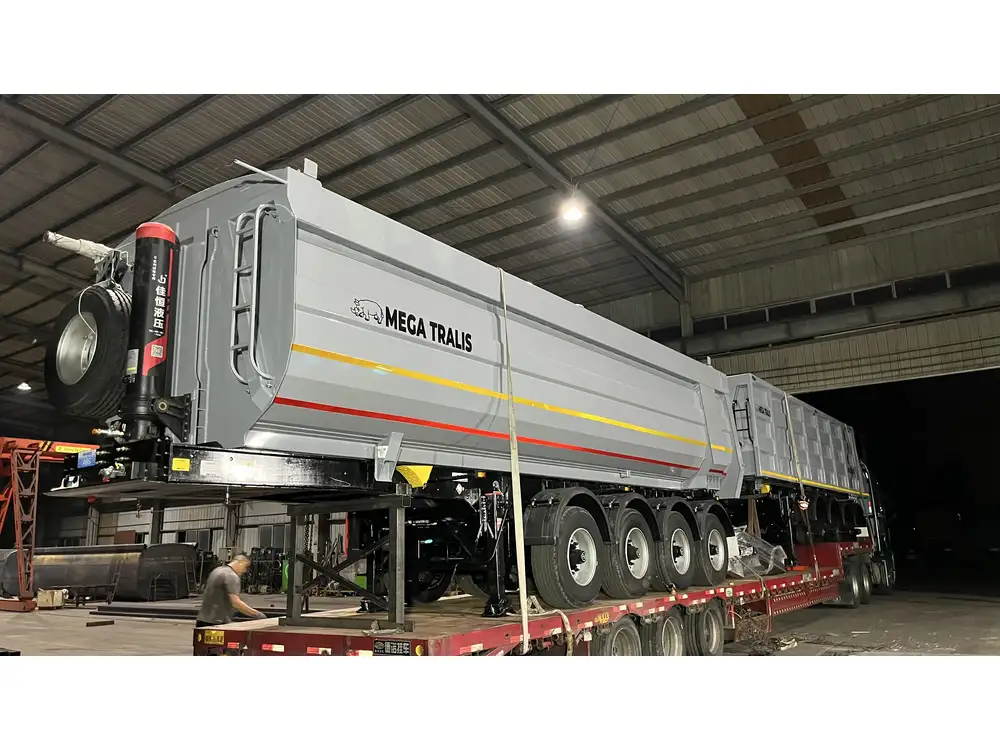
2. Weight of an 8.5×16 Flatbed Trailer
How Much Does It Weigh?
The weight of an 8.5×16 flatbed trailer can significantly vary based on its construction material and design features. On average, such trailers weigh between 2000 to 3000 pounds (approximately 907 to 1361 kilograms).
Factors Influencing Weight:
- Material: Steel trailers are generally heavier than their aluminum counterparts.
- Configuration: A flatbed with additional features, such as extra bracing or built-in toolboxes, may weigh more.
- Axle Count: Tandem axles add weight but also enhance stability.
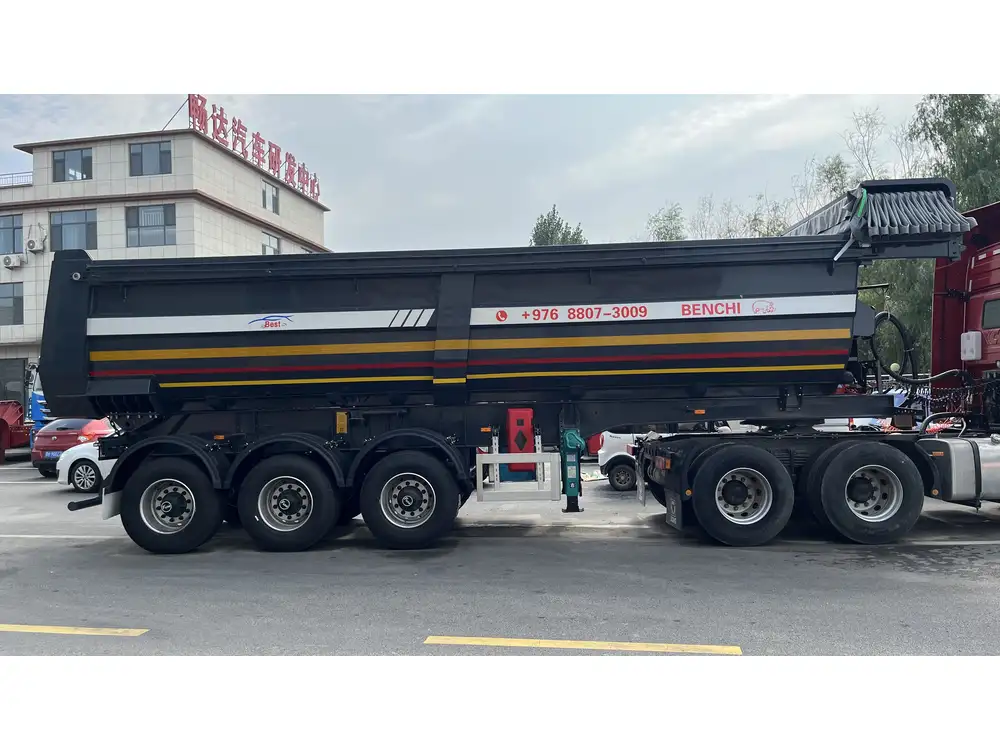
Understanding Variations in Weight
- Weight Distribution: The design impacts how weight is distributed, influencing load capacity.
- Build Quality: Heavier-duty models designed for industrial use may weigh more.
Example Comparison:
A standard steel 8.5×16 trailer might weigh around 2,500 pounds, while an aluminum model could weigh approximately 2,000 pounds.
3. Payload Capacity: What Can You Carry?
Knowing the trailer’s weight is essential for understanding its payload capacity. The payload refers to the maximum weight that a trailer can safely carry, which is determined by subtracting the trailer’s weight from the Gross Vehicle Weight Rating (GVWR).
Calculating Payload Capacity
Formula:
Payload Capacity = GVWR - Trailer WeightFor instance, if an 8.5×16 flatbed trailer has a GVWR of 10,000 pounds and weighs 2,500 pounds, the payload capacity would be calculated as follows:
Payload Capacity = 10,000 lbs (GVWR) - 2,500 lbs (Trailer Weight) = 7,500 lbsPayload Capacity Table:
| Trailer Weight | GVWR | Payload Capacity |
|---|---|---|
| 2,000 lbs | 8,000 lbs | 6,000 lbs |
| 2,500 lbs | 10,000 lbs | 7,500 lbs |
| 3,000 lbs | 12,000 lbs | 9,000 lbs |
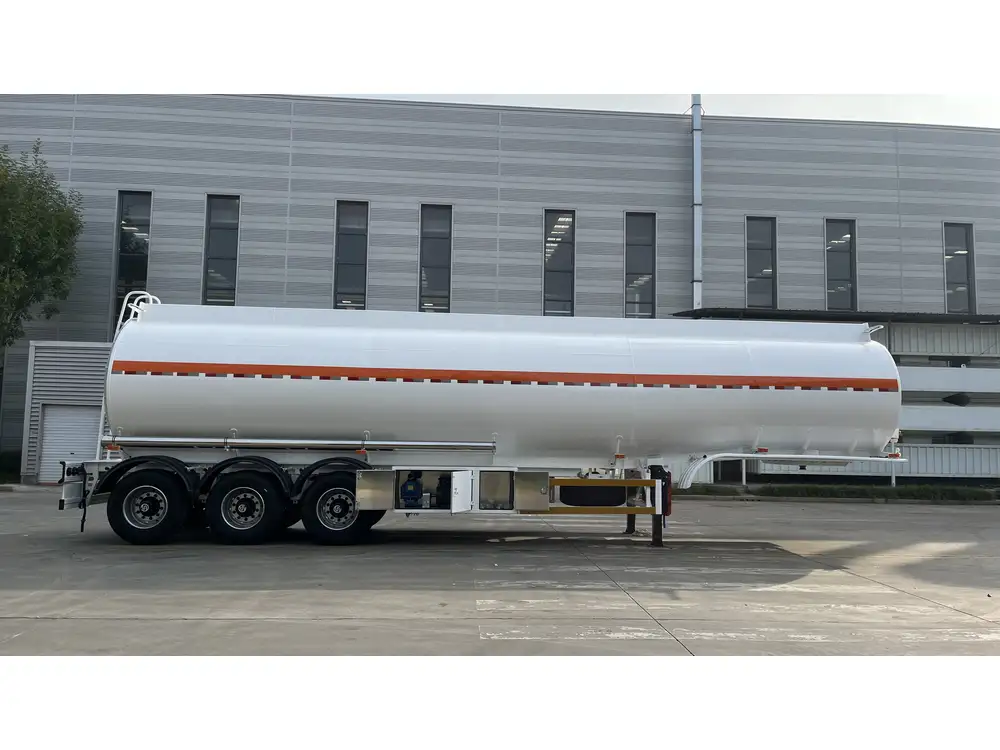
4. Understanding the Importance of Weight Classifications
Tow Vehicle Compatibility
When selecting a flatbed trailer, it’s imperative to consider the compatibility with your towing vehicle. The weight of the trailer, alongside its payload capacity, will determine if your vehicle can safely tow it. Exceeding your vehicle’s towing capacity can lead to dangerous situations and potential damage.
Towing Capacity Breakdown
| Vehicle Type | Average Towing Capacity |
|---|---|
| Compact Trucks | 3,500 – 7,500 lbs |
| Full-Size Trucks | 7,000 – 12,000 lbs |
| Heavy-Duty Trucks | 10,000 lbs and up |
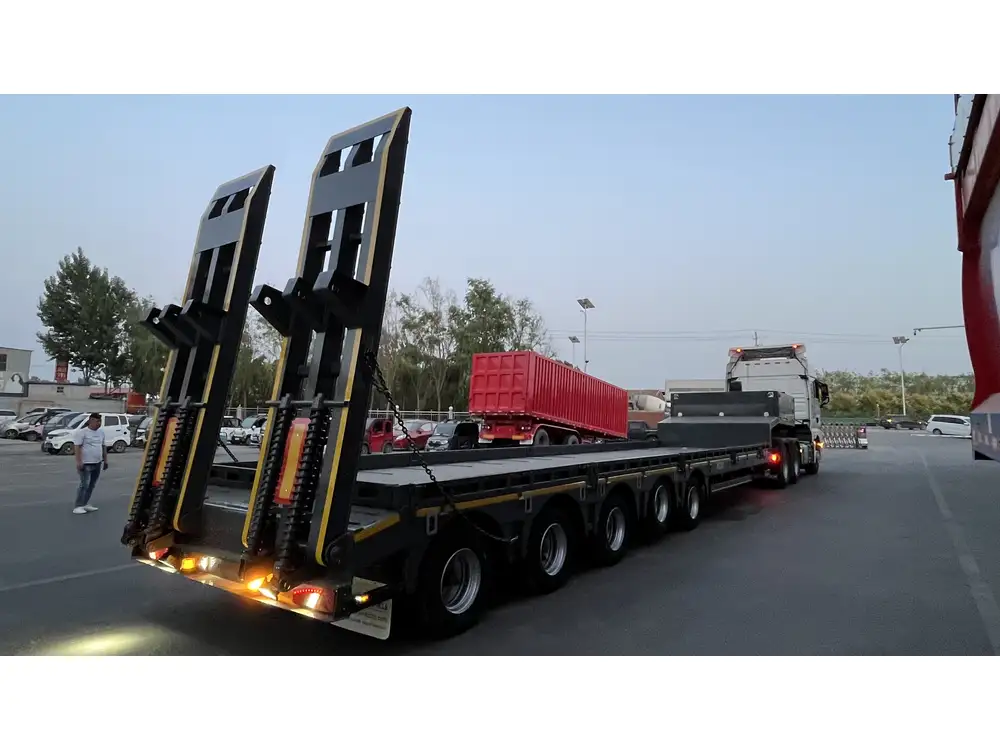
Safety Regulations and Requirements
Braking System:
For trailers exceeding a certain weight (typically 3,000 pounds), a proper braking system becomes mandatory. This includes both electric and hydraulic brake options, augmenting safety during towing.
Licensing:
Always check local regulations regarding trailer towing. Many states require specific licensing for towing trailers above a certain weight threshold.
5. Choosing the Right Trailers: A Decision-Making Guide
Factors to Consider
When investing in an 8.5×16 flatbed trailer, consider the following:
- Intended Use: Ads, construction, or recreational transport dictate weight requirements.
- Weight Composition: Select between steel vs. aluminum based on desired durability and weight.
- Budget: Lighter trailers can save fuel but may compromise load capacity.

Consider Your Needs
| Use Case | Recommended Trailer Type |
|---|---|
| General Hauling | Aluminum for lightweight tasks |
| Heavy Equipment | Steel for maximum durability |
| Mixed Use | Middle-range offerings for versatility |
Making the Purchase
Research different manufacturers and their offerings. Collect data on specifications, warranties, and reviews. Ensure the trailer aligns with your utility requirements and budget constraints.
6. Maintenance Tips for Longevity
Proper maintenance ensures the longevity and safe use of your trailer. Here are some essential tips:
- Regular Inspections: Check for rust, wear on tires, and brake functionality periodically.
- Cleaning: Wash the trailer after use, especially if it carries corrosive materials.
- Lubrication: Keep axles and moving parts well-lubricated to prevent wear and tear.
Maintenance Schedule Table:
| Maintenance Task | Frequency |
|---|---|
| Tire Rotation | Every 6,000 miles |
| Brake Inspection | Annually |
| Overall Check-Up | Every 1-2 years |
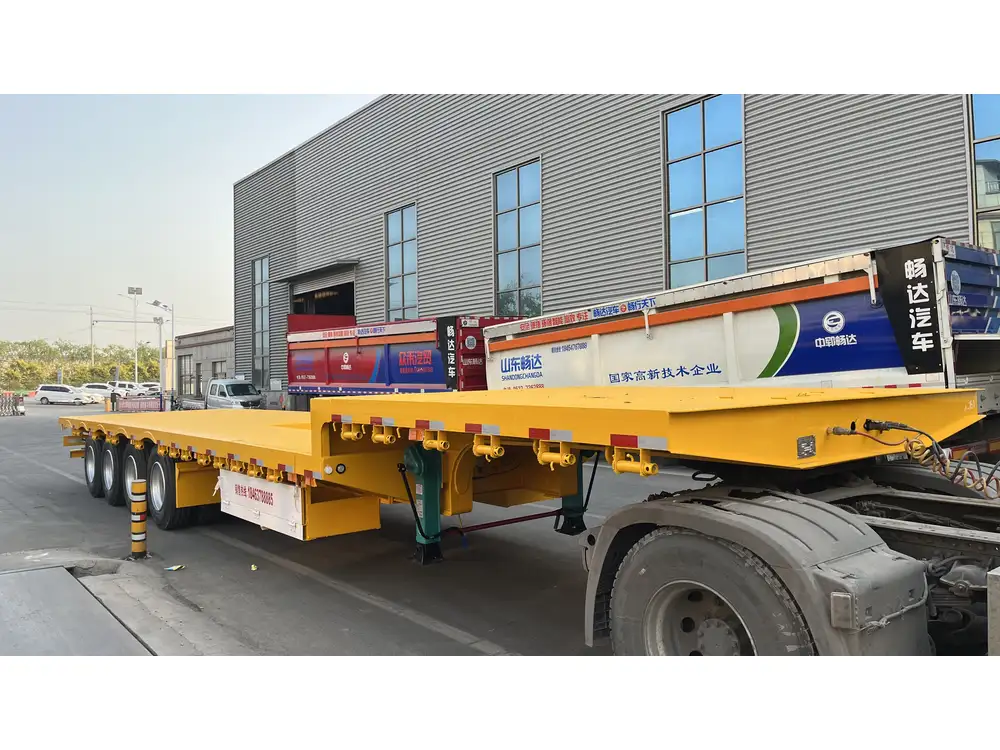
Conclusion: Making Informed Decisions
Understanding the weight and specifications of an 8.5×16 flatbed trailer is crucial for optimizing loading capabilities and ensuring safety during transportation. By grasping how weight affects payload capacity, vehicle compatibility, and overall performance, you are better equipped to make informed choices that suit your specific needs.
Recap of Key Points:
- The average weight of an 8.5×16 flatbed trailer ranges from 2,000 to 3,000 pounds.
- Calculate payload capacity accurately to avoid exceeding vehicle towing limits.
- Regular maintenance is essential for safety and longevity.
By comprehensively analyzing weight considerations and associated factors, we can enhance our efficiency and safety when using an 8.5×16 flatbed trailer, paving the path for successful hauling experiences.



